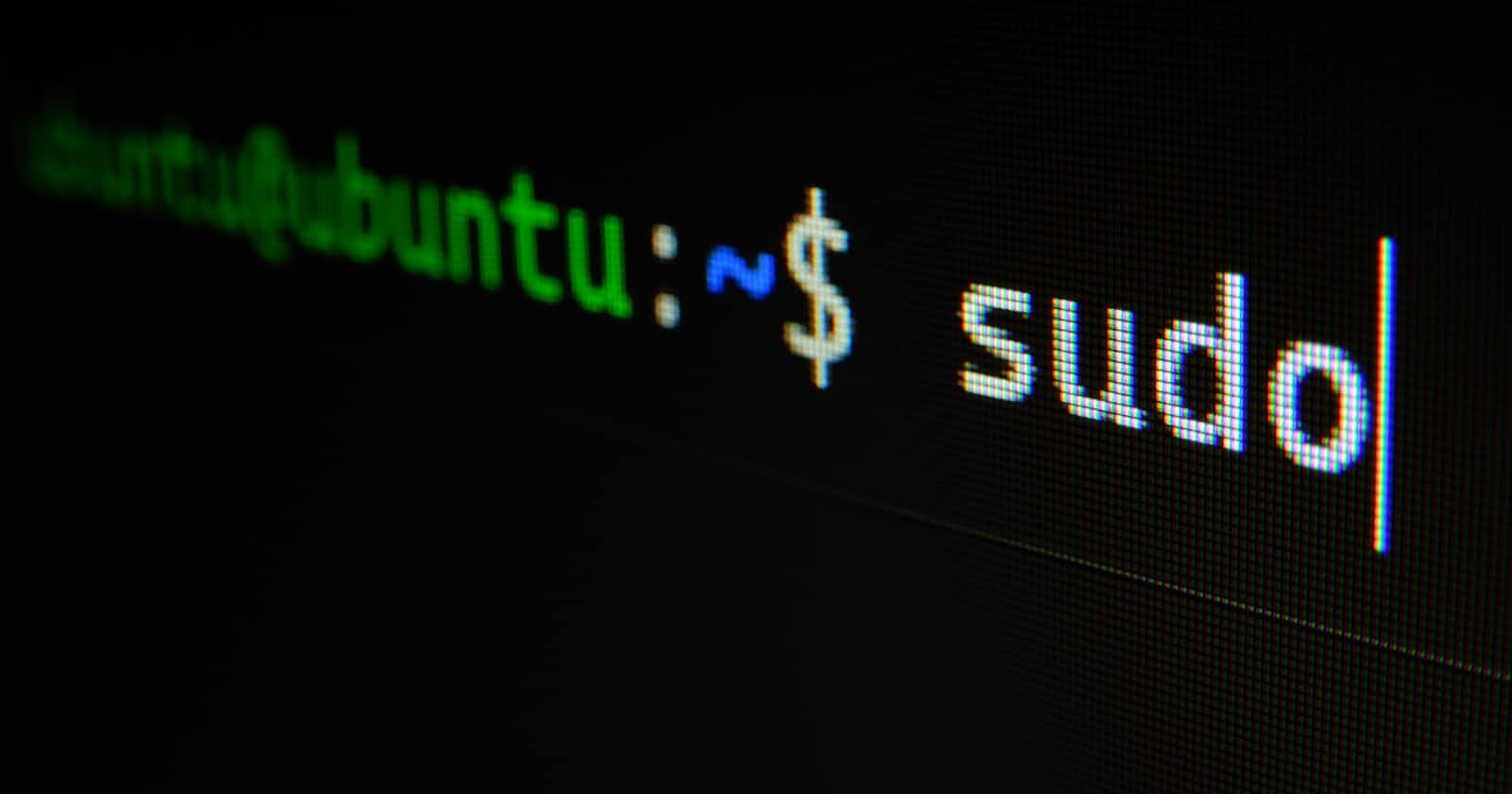Getting started with Linux can seem daunting at first, but it's actually quite easy to get started. The first step is to choose a Linux distribution that meets your needs. There are many popular distributions to choose from, such as Ubuntu, Fedora, and Debian. Once you've chosen a distribution, you can download the ISO image from the distribution's website and create a bootable USB drive.
Once you've booted into Linux, you'll be greeted with a command line interface. This can be intimidating for beginners, but it's actually quite powerful once you get the hang of it. Here are some basic command line codes that every Linux user should know:
ls: List the contents of the current directory.cd: Change the current directory.mkdir: Create a new directory.rm: Remove a file.cp: Copy a file.mv: Move or rename a file.sudo: Execute a command with root privileges.
These commands are just the tip of the iceberg, but they're enough to get started with Linux.
So, why should you use Linux instead of Windows? There are many reasons why Linux is a better choice for some users. Here are some of the main benefits of using Linux:
Open-source: Linux is free and open-source, which means that you can download and use it without any licensing fees. Additionally, the source code is available for anyone to inspect and modify.
Customizable: Linux is highly customizable, with many different distributions and desktop environments to choose from. You can customize everything from the desktop wallpaper to the window manager.
Security: Linux is known for being more secure than Windows, due to its built-in security features and the fact that it's less targeted by malware.
Performance: Linux is often faster and more efficient than Windows, due to its lightweight design and the fact that it's optimized for servers and other high-performance applications.
If you're a Windows user and don't want to switch to Linux full-time, you can still get hands-on experience with Linux by using Windows Subsystem for Linux (WSL). WSL is a feature of Windows 10 that allows you to run a Linux distribution within Windows, without the need for a separate virtual machine. This is a great way to get started with Linux without having to switch to a new operating system.
Linux is known for being a popular choice for open-source software development. Open-source software is software whose source code is freely available to anyone to use, modify, and distribute. This makes it a popular choice for developers who want to collaborate with others and contribute to the community.
One of the great things about Linux is the vast selection of open-source software available for it. There are thousands of open-source applications available for Linux, ranging from productivity tools to multimedia software to programming tools.
Here are some examples of popular open-source software on Linux:
LibreOffice: A free and open-source alternative to Microsoft Office, including word processing, spreadsheet, and presentation software.
GIMP: A powerful image editing tool that's often compared to Adobe Photoshop.
Firefox: A popular web browser that's known for its speed and customizability.
Blender: A 3D modeling and animation tool that's used in film and game development.
Audacity: A free and open-source audio editing tool that's often used for podcasting.
Configuring open-source software on Linux is usually straightforward. Most Linux distributions come with a package manager that allows you to easily install and update software. For example, on Ubuntu, you can use the apt package manager to install software with a single command:
sudo apt install [package-name]
You can also download software directly from the developer's website and install it manually. However, this method can be more complicated and may require additional configuration.
In summary, Linux is a powerful and customizable operating system that offers many benefits over Windows. With a little bit of practice, you can become proficient with the Linux command line and take advantage of its many features. And if you're a Windows user, you can still get hands-on experience with Linux by using Windows Subsystem for Linux.

